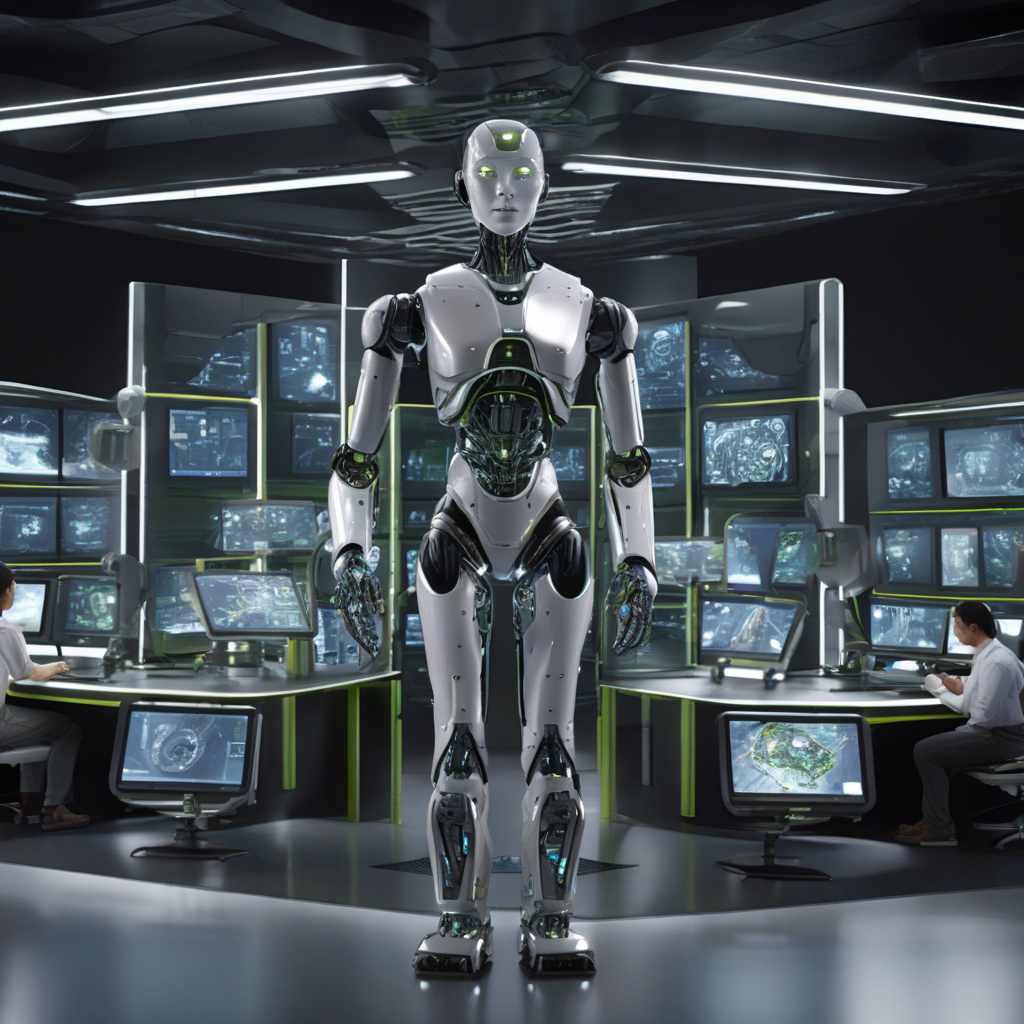In the realm of AI, Nvidia is paving the way for the next frontier: physical AI. This evolution marks a significant shift from agentic AI, where computers execute actions, to physical AI, which interacts with the real world using data from various sources like cameras and sensors.
According to Nvidia, physical AI involves perceiving the environment, reasoning about it, and taking actions. This advancement is set to revolutionize industries such as robotics, autonomous vehicles, and high-tech manufacturing. By incorporating AI into physical devices, Nvidia envisions a future where robots and humans collaborate in workplaces, with robots handling hazardous tasks and humans focusing on skilled work.
The global push towards high-tech manufacturing, fueled by investments exceeding $1.2 trillion in the US alone, aims to address the shortage of skilled labor worldwide. Nvidia sees physical AI and robotics as solutions to bridge this gap and enhance productivity without displacing workers. Instead of replacing jobs, Nvidia emphasizes that physical AI will fill roles that lack sufficient human resources.
While concerns linger about AI displacing jobs, Nvidia remains optimistic about the potential for technology to create new opportunities. The company’s long-term vision for AI aligns with historical shifts like the industrial revolutions and the internet’s emergence, which transformed the nature of work rather than eliminating it entirely.
As the integration of buildings, production processes, and robotics from various suppliers poses a challenge for high-tech factories, Nvidia believes physical AI can streamline operations. By leveraging large language models to interpret real-world inputs, Nvidia’s technology empowers robots to navigate environments and make informed decisions autonomously.
Nvidia’s collaborations with industry leaders like FANUC, Skilled AI, Foxconn, and Uber underscore the company’s commitment to advancing physical AI applications. From connecting robots in factories to deploying fully autonomous robotic taxis, Nvidia’s initiatives showcase the tangible impact of AI on diverse sectors, from manufacturing to transportation.
The introduction of IGX Thor, an AI computer tailored for industrial and medical uses, further demonstrates Nvidia’s dedication to expanding the reach of AI technology. With features like the Blackwell GPU and specialized AI models, IGX Thor caters to the demanding requirements of industrial applications, promising enhanced performance and durability in challenging environments.
In conclusion, Nvidia’s foray into physical AI signifies a transformative shift towards AI applications that interact with and impact the physical world. By harnessing the power of AI in robotics, manufacturing, and beyond, Nvidia is poised to shape the future of technology and work, ushering in a new era of innovation and collaboration.

